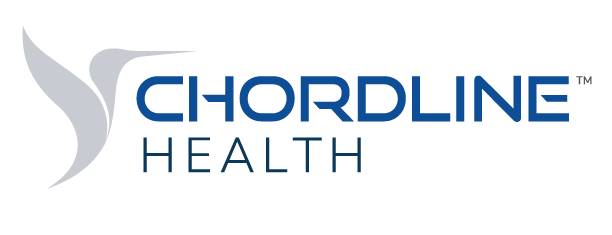What is a PACE program?
India B. Carson, RN, MSN
Clinical Product Specialist
The PACE Model of Care began in the early 1970’s when the Chinatown-North Beach community of San Francisco saw a need for long-term care services by people. The Balanced Budget Act of 1997 established the PACE model as a permanently recognized provider type under both the Medicare and Medicaid programs. PACE, or the Program of All-Inclusive Care for the Elderly provides comprehensive care (both medical and social services) to certain frail, elderly participants still living in the community. Many of the PACE participants are eligible for both Medicare and Medicaid.
Eligibility for PACE. Participants must be 55 years or older and live in the service area of a PACE center. They must require a nursing home level of care and be able to safely live in the PACE community. PACE is not available in all states. If you think you are eligible, you can call your local Medicaid office to determine your eligibility and to help you find a PACE plan in your area.[i]
What are the benefits? The benefits of PACE include: adult day care; dentistry; emergency services; home care; hospital care; laboratory/x-ray services; meals; medical specialty services; nursing home care; nutritional counseling; occupational therapy; physical therapy; prescription drugs; primary care; recreational therapy; social services; social work counseling; and transportation. PACE also includes any other services deemed to be necessary to maintain a person’s health. Services are provided mostly in adult day health centers and are often supplemented by in-home and referral services in accordance with the person’s needs. Individuals who need end-of-life care will receive the appropriate services, however, if the person wants to elect the hospice benefit, they must voluntarily disenroll from the PACE program.
What services are provided? An interdisciplinary team assesses an enrollee’s needs, develops care plans, and delivery all services. Minimally the team consists of a: dietician; driver; home care liaison; nurse; occupational therapist; PACE center supervisor; personal care attendants; physical therapist; primary care physician; recreational therapist or activity coordinator; and a social worker.
Application and Enrollment Process. If someone meets the eligibility requirements and elects to have PACE, a voluntary enrollment agreement is signed. Enrollment continues if desired by the person regardless of any changes in health status until they voluntarily disenroll.
Quality of Care. The PACE organization is required to develop, implement, maintain, and evaluate an effective data-driven quality assessment and performance improvement (QAPI) program. PACE organizations have the flexibility to develop to QAPI program that best matches their services so they may meet the needs of their members. The desired outcome of the QAPI requirement is that the data-driven quality assessment serves as the engine that drives and prioritizes continuous improvements for all PACE organization services.
[i] Centers for Medicare & Medicaid Services. Programs of All-Inclusive Care for the Elderly (PACE). Retrieved April 30, 2020 from: https://www.cms.gov/Medicare/Health-Plans/PACE/Overview.
